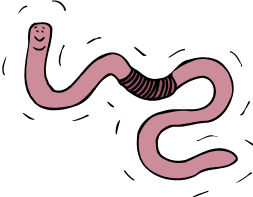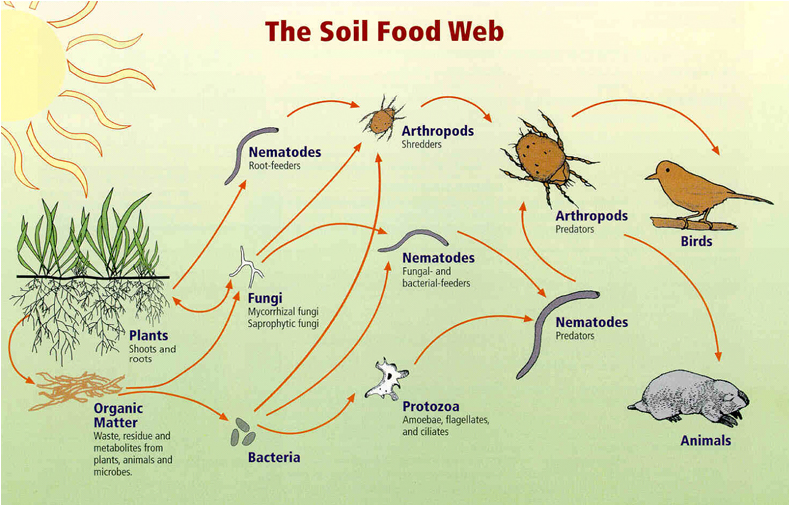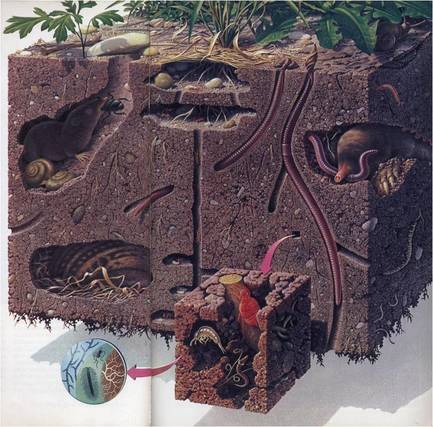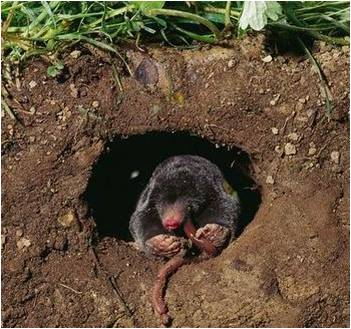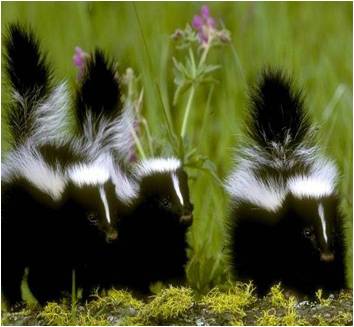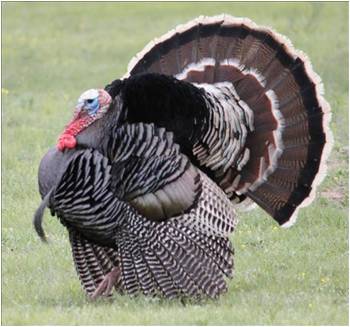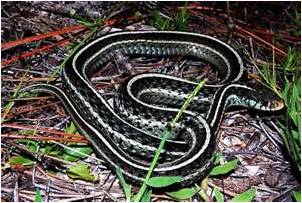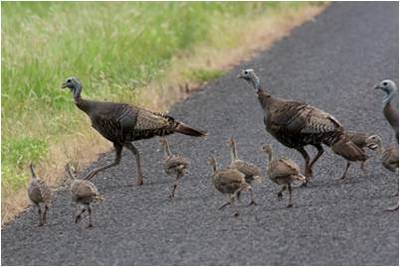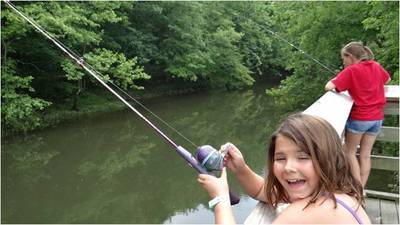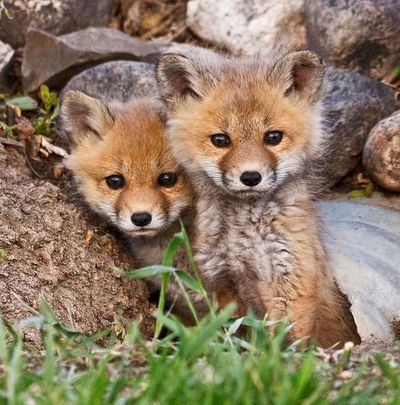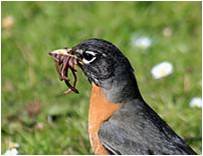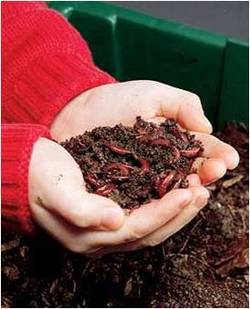 “When you hold soil in the palms of your hands, you are holding more life in your hands than there are people on this planet.” Earthworm Facts to Research:
http://www.biologyjunction.com/earthworm%20facts.htm More Earthworm Fun Facts to Research:
http://www.biologyjunction.com/earthworm%20facts.htm Discover things that worms and all animals need to survive when setting up and/or caring for earthworms in a composting bin:
Bob and Otto |
Details
Author:
|
|
|
Contact:PHONE: (513) 695 - 1337
EMAIL: wcswcd@gmail.com HOURS: Monday - Friday 7:30am - 4:00pm (except holidays) Connect:Warren County Soil & Water Conservation District Copyright © 2016
Warren SWCD Privacy Notice. Emails are serviced by Constant Contact. Constant Contact's Privacy Notice. |


